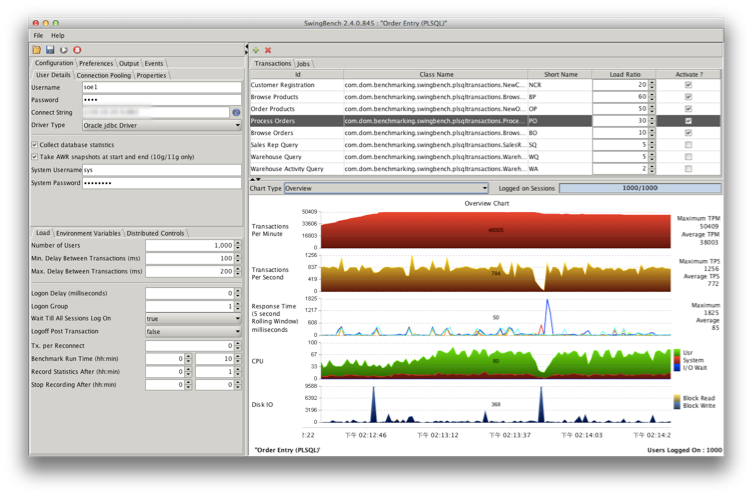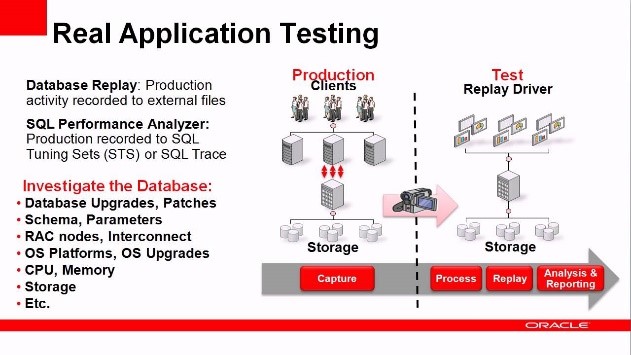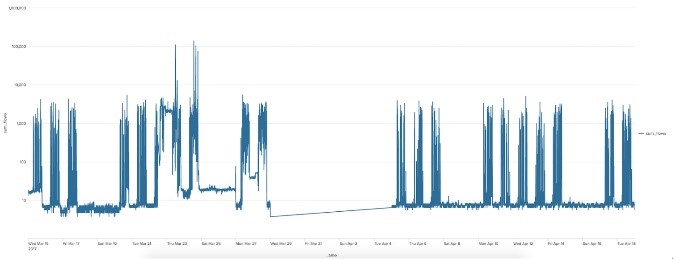Database Modernization for Large Consumer Credit Card Company
Mar 30, 2023
Introduction
A US based financial company moves Oracle databases from legacy hardware to a new platform and expands the footprint to Oracle RAC for all production workloads in response to increasing demands from business operations.
Challenge:
One of the largest US Financial companies was using an old database platform for their enterprise transactional and analytical data, one that couldn’t keep up with 24x7 e-commerce business requirements. The company incurred planned and unplanned outages due to legacy server infrastructure.
Technology Solution:
|
Maintaining legacy technology led to serious bottlenecks that kept the business from growing. It diverted resources away from the core business. Resources were wasted on unnecessary activities to maintain old hardware and software. Systems’ outages further led to lost revenues, financial penalties, and customer retention. Moving to a modern, highly available database platform became a high priority for the organization. |
For years, the company relied on Solaris Sparc Platform for its Oracle database for both transactional and analytics applications. The old platform became unreliable and costly to maintain. Scarce skilled system admins to maintain the legacy platform became a major challenge for the organization. The organization decided to take a step forward to do things efficiently and position itself for business growth. |
Implementation Strategy:
|
Modernization Journey: To begin its modernization journey for its core database platform, the organization worked with Intuitive Technology Partners to assess the legacy database infrastructure and determine the course of action to move to the new platform. Intuitive Engineers conducted series of sessions to:
The assessment outcome listed 300+ transactional and 50+ very large Data warehouse databases. Leverging its core infrastructure modernization practices, Intuitive was able to fully guide and execute migration of all databases to new x-86 platform. With migration fully completed to highly available Oracle RAC based databases, the Organization was able to focus its resources on better management of overall application and database infrastructure through automation and configuration management of all resources deployed on new platform. The expanded virtualized vmware/x-86 footprint, helped support future innovations and flexibility. |
Major Wins:
|
Results and Impact – Modernizing with Vmware/Oracle RAC:
Core business processes and operations benefited from having highly available & high performing virtualized x-86 platform using Oracle RAC for running transactional and analytical workloads for point-of-sales business applications. In addition, Organization expects scalability and reliability of databases and applications as significant benefits for their businesses. Meanwhile, the new platform provided them with a cost-effective and efficient infrastructure, from the perspective of IT staff members who support databases and infrastructure.
Overall, Organization expects value gain through the use of new platform worth an average of estimated $10k per database annually (3 million across 300 databases ), in the following areas:
|
Business productivity benefits |
Database and application scalability and performance led to better business results and operational efficiencies -expect to achieve through revenue and productivity gains at an average estimate of $4k per database. |
|
IT infrastructure cost reductions |
Move to Vscale platform resulted in lower hardware and licensing costs as well as savings in terms of operational expenses -expect new platform to run at an average estimated cost of 25% lower than older infrastructure, and save an average of estimated $2k per database. |
|
IT staff productivity benefits |
Efficiencies in managing and supporting infrastructure and databases and more effective application development efforts to generate significant value –expect to achieve time savings and productivity gains in these areas worth an average of estimated $2k per database |
|
Risk mitigation — user productivity benefits |
Minimizing the frequency of outages means reduced impact on business operations. Meanwhile, the ability to more efficiently comply with regulatory requirements lowers costs associated with compliance –expect an average of $2k lowered cost per database. |
High Availability Architecture
- Two Datacenters – Primary and DR Site
- Multi-AZ Oracle RAC – within datacenters (active/active SRDF Metro Clusters)
- SRDF Async across Datacenters (for DR)
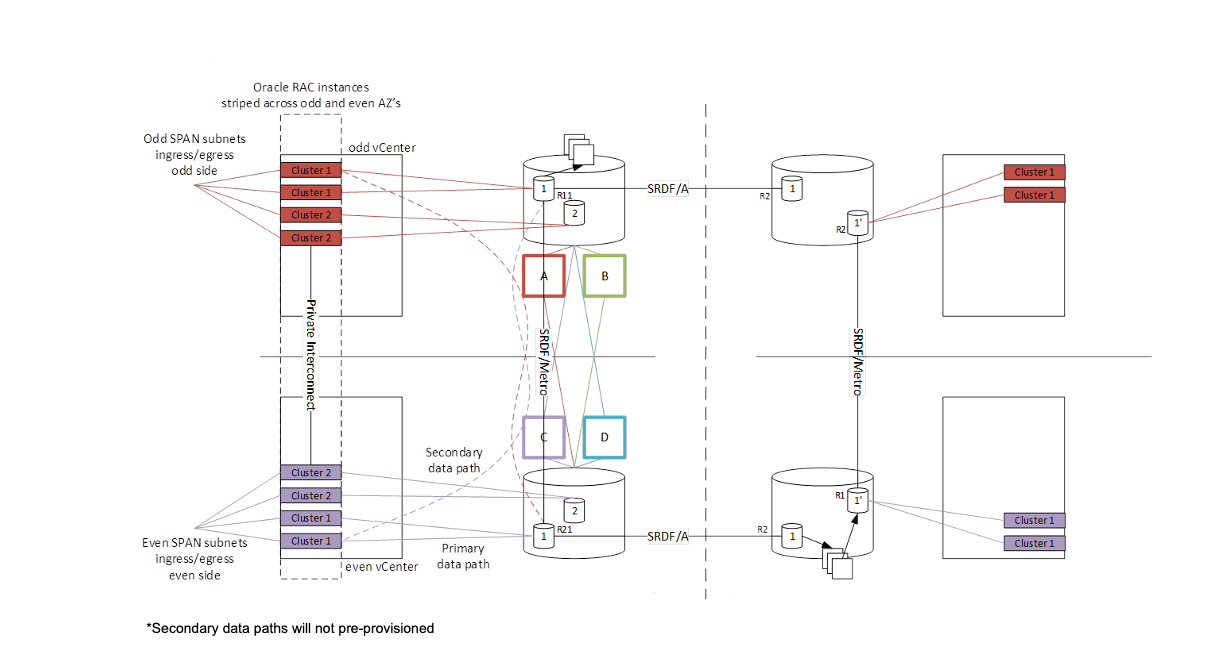
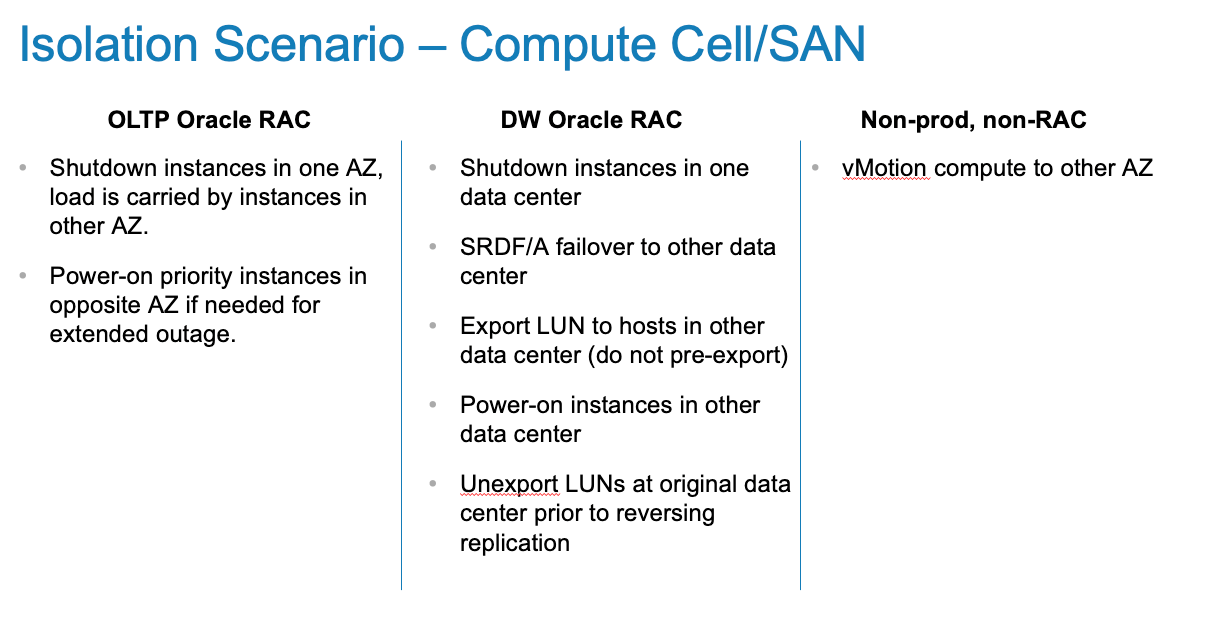
DB Migration Methods utilized (automated using ansible):
| Method | Description | Options | |
| 1 |
XTTS – Cross Platform Transportable Tablespace |
Use RMAN L0 backup from source database in Solaris Sparc, transfer it, convert endian and restore to VMWare based Linux x86 destination database. Apply RMAN incremental L1 backups as needed to reduce total downtime. |
Non-TDE (Transparent Data Encryption) |
| 2 |
XTTS – Cross Platform Transportable Tablespace |
Use RMAN L0 backup from source database in Solaris Sparc, transfer it, convert endian and restore to VMWare based Linux x86 destination database. Apply RMAN incremental L1 backups as needed to reduce total downtime. |
With TDE (Transparent Data Encryption) |
| 3 |
Import/Export |
Take export (logical backup) of source Solaris Sparc based Oracle database, transfer it to destination database and import it. This method waives requirement for major and minor Oracle upgrades. |
Works with and without TDE options.
Works on network mode, where data can be copied directly from source to destination database without need to physically transfer export dump. |
Performance Benchmarking Tools utilized (performance comparsion):
| No |
Tool |
Description |
| 1 | Swingbench |
|
| 2 |
Real Application Testing (RAT) |
RAT is licensed tool for comparing workload on two different oracle systems especially helpful for cross platform migrations, RAC to Non-RAC migrations, major configuration change assessment, database consolidations & cloud migrations.
|
| 3 | Application Performance Benchmarking | Application owners pick and choose various tools and techniques suitable to their environment to benchmark applications’ performance depending upon applications. |
| 4 | Oracle Database Baselines |
Intuitive Database Engineers collected baseline performance executing automated SQL statements against Oracle Databases, to forecast performance patterns, potential issues & proactive improvements -This helped validate capacity planning in all phases of the project - categorize databases into high workload, medium workload and low workload groups. |
Lessons Learned:
Having expertise at each layer of the stack is critical to success of large scale and complex projects. Combining resiliency and performance optimization techniques at each layer of the technology stack was only possible due to the deep expertise built out at Intuitive across compute, networking, storage, virtualization, cloud native, and database technologies.
With a shared everything architecture as used by Oracle Real Application Clusters, it is even more critical that the consistency of each component in the cluster is guaranteed. Combining technologies and approaches that produced entire builds repeatably, so that cluster configuration and database implementation would work right the first time, every time, was essential to the success of this project and the achievement of the business objective.
Conclusion:
There are hidden costs to running on legacy platforms, other than the inability to meet business objectives. The ability to attract and retain talent benefits from modernization and standardization. The line of sight from business to technology constraints and the resultant architectures is important to socialize and document. It leads to more cohesive organizations and partnerships where business outcomes are owned by not just business, but also technology functions within our customer organizations. When modernization initiatives at this scale are implemented well using a tried and trusted method, it tends to unify business and technology leaders at our customers behind a shared vision.



